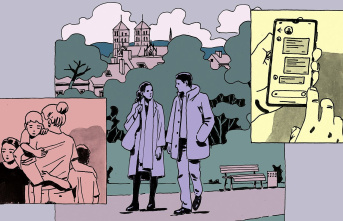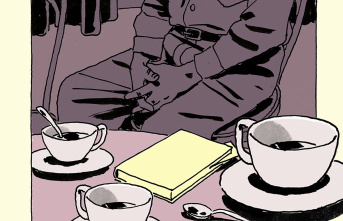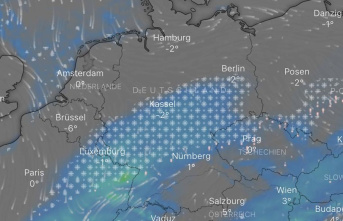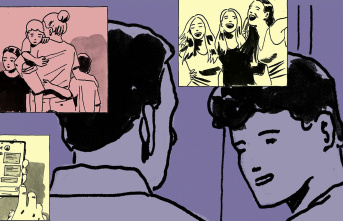This Wednesday, May 25, at 6:00 p.m., the Provincial Historical Archive of Toledo inaugurates a new exhibition, dedicated to commemorating the 90 years of operation of the center. It will be at the headquarters of the Archive, at Calle Trinidad, 10, and will remain open until September 19 in the morning.
The exhibition proposes a journey through some of the most significant elements of the life of the archive in these nine decades, including, of course, its documents, but also the people who work in it or who use it, and also some curiosities.
The largest and the smallest document, the oldest or the first one that was used by a researcher can be seen. We will find the first known researcher and the first registered one, but also some of the signatures that appear on the documents, such as Cervantes, Garcilaso de la Vega, Miguel de Unamuno and, of course, El Greco.
Naturally, the photographers whose work we have important collections are represented, such as Casa Rodríguez, Luis Escobar or Pedro Román. And there is room for curiosities such as the silhouette of a 17th-century gentleman, a rural guard's bandolier from the 1950s, or a photograph of a New York Masonic lodge.
The Provincial Historical Archives were created by a Decree of November 1931 to house the notarial protocols of each province of more than one hundred years, work that they continue to carry out today. Not all provinces were able to count on their archive from the start, but Toledo did, probably already in the first months of 1932.
The archive, promoted by its first director, Francisco de Borja San Román, who also directed the Santa Cruz Museum, the Provincial Library and the Secondary Education Institute, was installed in a wing of the Santa Cruz Hospital. In 1966 it moved to the Casa de la Cultura del Paseo del Miradero, which it shared with the Provincial Library, until in 1992 it was able to have its own building in the former convent of Jesús y María, where it remains today.
During all these years, in addition to the notarial protocols, the Archive has received numerous documentary funds from, above all, the State offices in the province, but also from other organizations and private entities.
The documentation of the Delegation of the Treasury can be highlighted, which includes the famous "Cadastre de Ensenada" and also the documents seized from numerous religious institutions during the confiscations of the 19th century; the very complex collection of the Provincial Delegation of the Francoist Trade Unions, the Civil Government, the Hospital del Rey or the widely used documentation from the Cadastre offices.
Special mention should be made of the two photographic collections, both purchased by the Junta de Comunidades de Castilla-La Mancha, corresponding to Casa Rodríguez, in Toledo, and Luis Escobar, in Albacete.
The Archive is a state-owned center but managed by the Community Board. Its headquarters occupies about 3,700 square meters in the historic center of Toledo. With a staff of 10 workers, it performs almost 7,000 services a year for more than 1,200 people, to which must be added 25,000 annual reproductions of documents, 80% in digital format.
In addition, 25 annual cultural activities attended by 9,000 people, including a permanent exhibition and several temporary ones, guided tours and educational workshops. Finally, it maintains an active blog and several social networks that accumulate 6,500 stable followers and 450,000 annual visits.












